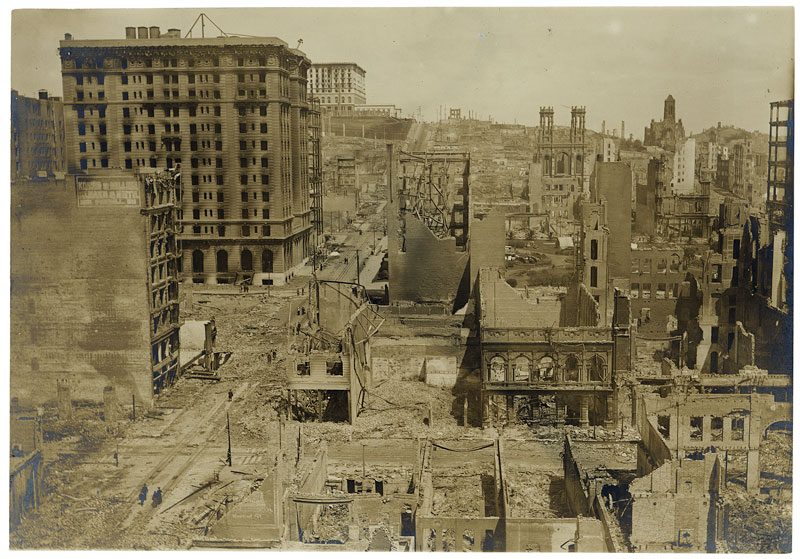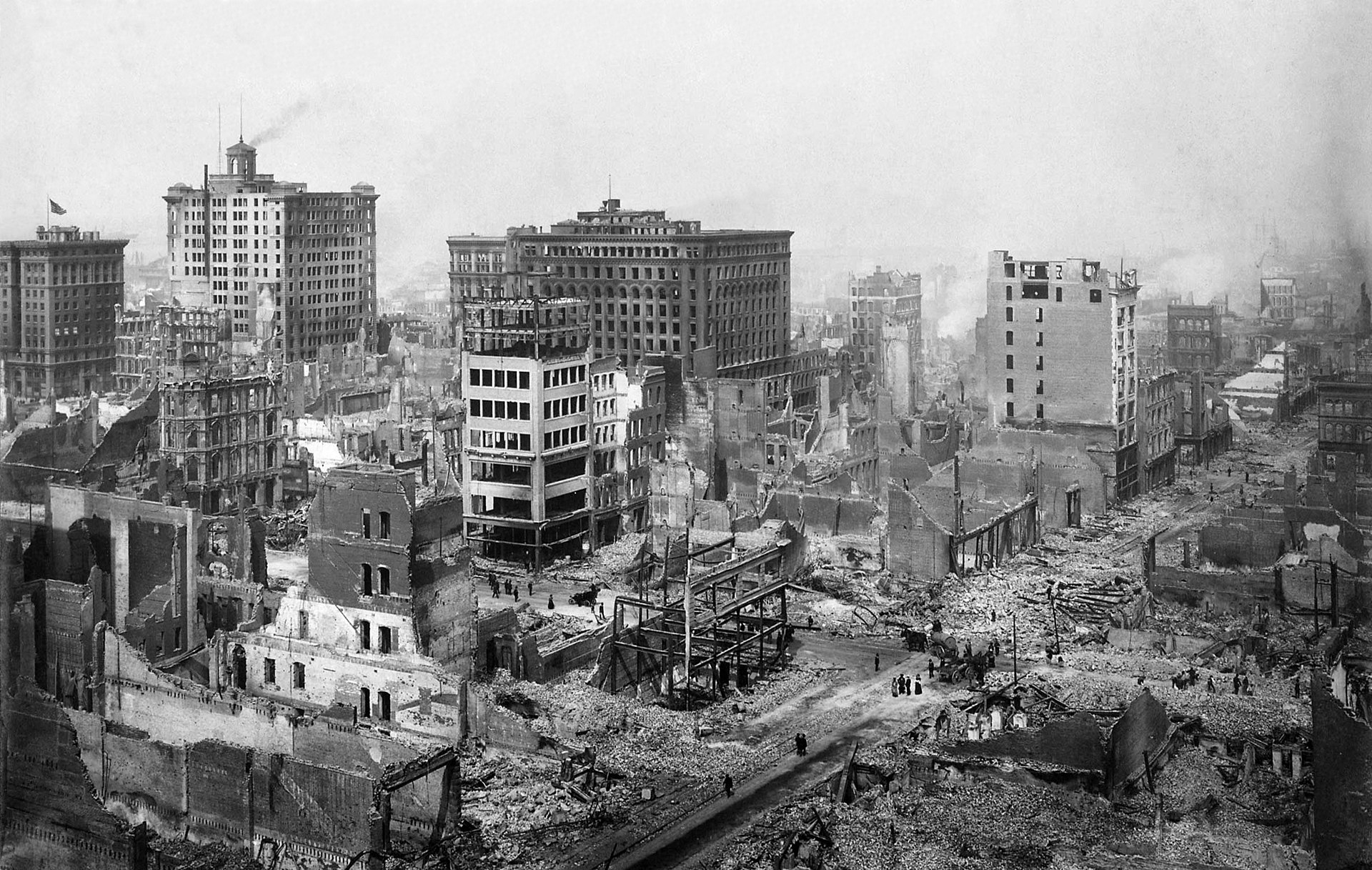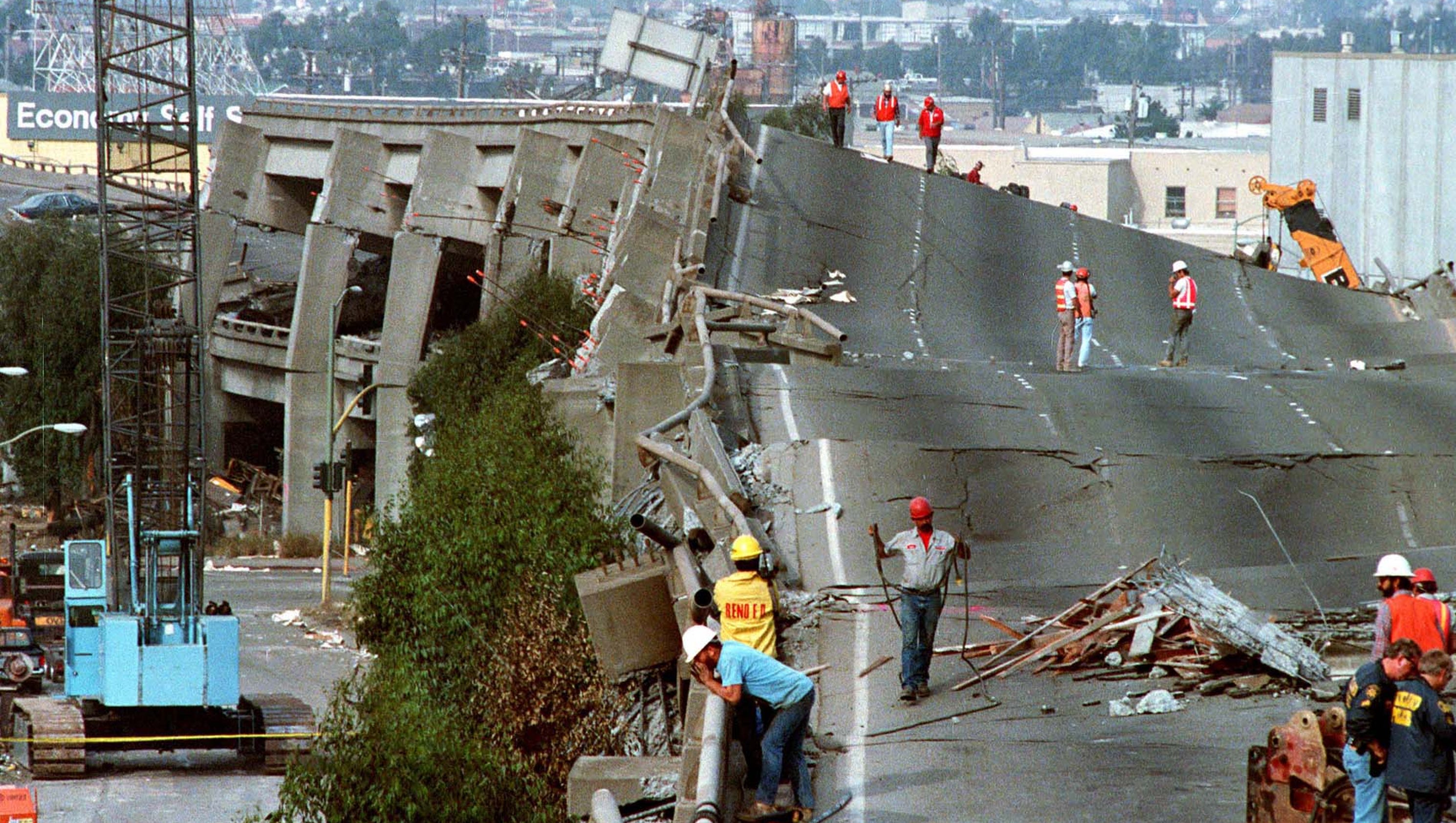The 1906 San Francisco earthquake, also known as the Great San Francisco Earthquake, was a devastating seismic event that occurred on April 18, 1906, in San Francisco, California. The earthquake and subsequent fires destroyed nearly 80% of the city, leaving thousands of people homeless and causing widespread destruction. In this article, we will delve into the history of the 1906 San Francisco earthquake, its causes, effects, and the aftermath.
Causes of the Earthquake
The 1906 San Francisco earthquake was caused by a rupture on the San Andreas Fault, a major transform fault that runs for over 800 miles through California. The earthquake is believed to have been triggered by a sudden release of stress that had built up over time as the Pacific Plate and the North American Plate moved past each other. The epicenter of the earthquake was located near San Francisco, and the quake is estimated to have had a magnitude of 7.9 on the Richter scale.
Effects of the Earthquake
The effects of the earthquake were catastrophic. The quake struck at 5:12 am, catching most people off guard, and the shaking lasted for approximately 60 seconds. The earthquake and subsequent fires destroyed nearly 80% of San Francisco, including homes, businesses, and landmarks. The city's infrastructure, including roads, bridges, and utilities, was severely damaged, leaving thousands of people without access to basic necessities like food, water, and shelter.
Fire and Destruction
The earthquake was followed by a series of fires that burned for several days, fueled by broken gas lines and destroyed buildings. The fires destroyed entire city blocks, leaving nothing but rubble and ash in their wake. The most notable fire was the "Ham and Eggs Fire," which burned for three days and destroyed over 2,000 buildings.
Aftermath and Response
The aftermath of the earthquake was marked by chaos and destruction. Thousands of people were left homeless, and many were forced to live in temporary tent cities. The city's infrastructure was severely damaged, and it took several years to rebuild. The earthquake also had a significant impact on the economy, with estimated losses of over $524 million (approximately $8 billion in today's dollars).
The response to the earthquake was led by the U.S. military, which provided aid and assistance to those affected. The American Red Cross also played a significant role in providing relief efforts, including food, shelter, and medical care.
Rebuilding and Legacy
The 1906 San Francisco earthquake led to significant changes in building codes and emergency preparedness in California. The earthquake also spurred the development of new technologies, including seismic-resistant construction and earthquake-resistant design. Today, San Francisco is a thriving city, and the earthquake is remembered as a pivotal moment in the city's history.
In conclusion, the 1906 San Francisco earthquake was a devastating event that had a profound impact on the city and its people. The earthquake and subsequent fires destroyed nearly 80% of the city, leaving thousands of people homeless and causing widespread destruction. However, the earthquake also led to significant changes in building codes and emergency preparedness, and it spurred the development of new technologies. As we remember the 1906 San Francisco earthquake, we are reminded of the importance of preparedness and resilience in the face of natural disasters.
Source: 1906 San Francisco earthquake - Wikipedia









